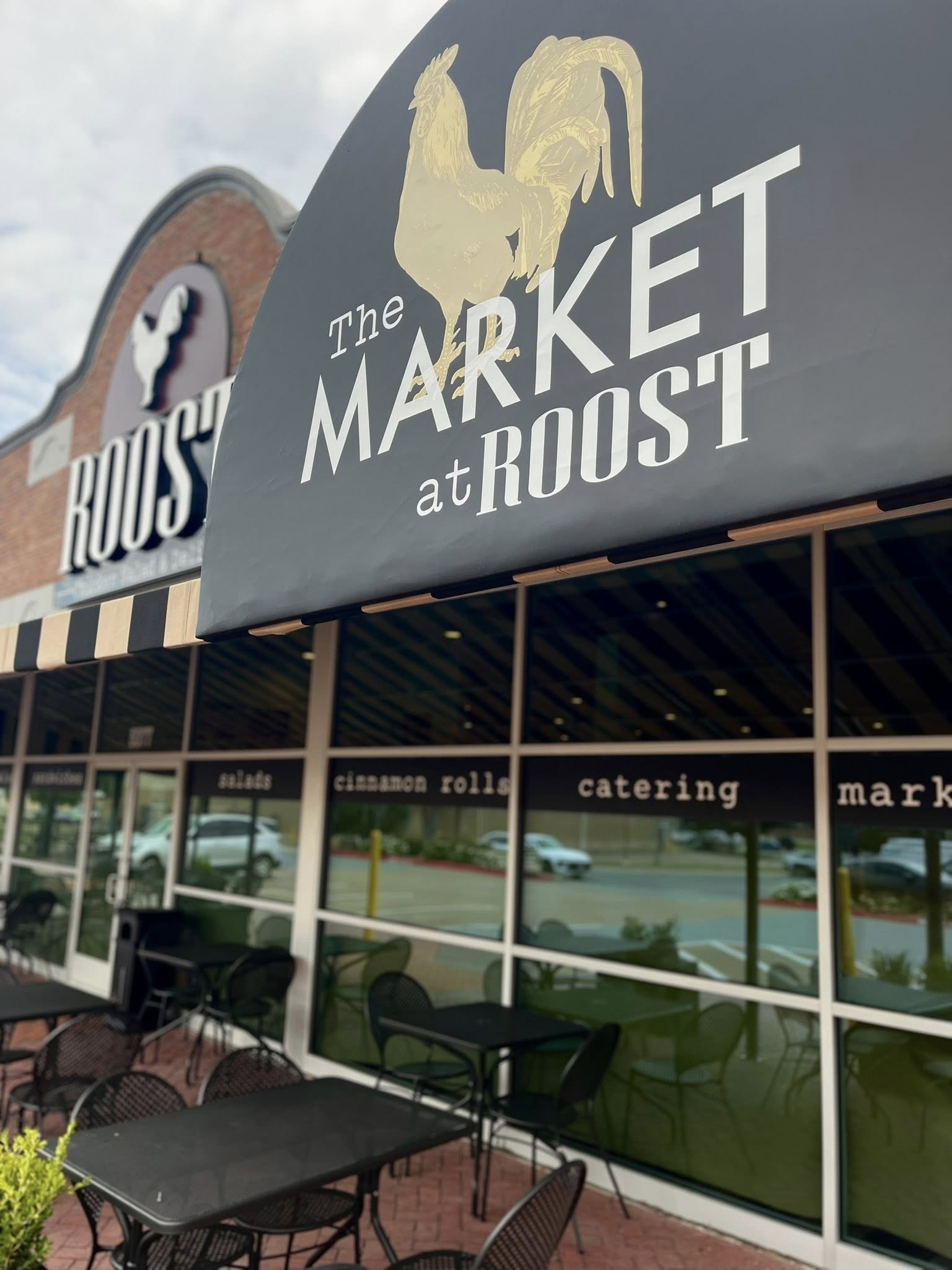Carpenter ants live in wood
Published 10:34 pm Saturday, August 9, 2014
Have you ever looked into an old tree cavity and seen large ants? You are likely looking at carpenter ants. Carpenter ants, unlike termites, do not eat wood. They hollow out wood to make their nests.
Outdoors, carpenter ants are not considered serious pests. Their excavation can at times weaken tree branches and limbs. Carpenter ants nest in wood that is already rotten or damaged by other means. In other words, they may be a secondary problem to a tree. Carpenter ants become a problem when they forage for food in homes and other buildings.
Trending
The presence of Carpenter ants in a building or home can indicate that the building has problems such as moisture, rotting wood, or other conditions that make the environment suitable for these ants to build nests. They are nuisance pests and rarely cause damage to framing lumber.
Carpenter ants are relatively large. Adults vary in length from about 1/4 to 5/8 inch for worker ants and up to 3/4 inch for winded reproductive ants. Each colony will have one queen, except in mature colonies during the swarming season. Carpenter ants vary in color from yellowish red, solid black or a combination of black, red, and reddish orange.
Mature carpenter ant colonies produce male and female winged reproductive ants. Environmental conditions cause these reproductive ants to emerge and swarm. After establishing a nest, the female will lay eggs and care for the larvae by feeding them with fluids secreted from her body. Under ideal conditions, the larvae grow, pupate, and become adult workers in four to eight weeks. Carpenter ant colonies start out small. In four to six years, colonies may contain up to 3,000 or more ants.
Carpenter ants build their nests in hollow trees, landscaping timbers, logs, posts, and wood used in home and other structures. They shelter themselves and their brood in wood, gaps in insulation, and wood framing. Areas with high levels of moisture provide a favorable environment for growth and brood development. Carpenter ant galleries in wood are usually clean and smooth.
Carpenter ants are omnivorous. They eat a great variety of both animal and plant foods including fresh fruits, honeydew from aphids, and other insect species to name a few. Carpenter ants are unable to digest wood cellulose. Carpenter ants forage mostly at night.
Inspection and prevention are both key components in their control. Inspect areas you suspect are infested with carpenter ants. Correct moisture problems such as leaking faucets, roof leaks, and water drainage issues. Provide good ventilation under the home and in the attic. Remove logs, stumps, and wood debris near the home. Insecticides are also available to control colonies around the home if so desired. Baits are available and are effective when foraging Carpenter ants take the baits and pass it to the colony including the queen.
Trending
Educational programs of the Texas A&M AgriLife Extension Service are open to all people without regard to race, color, religion, sex, national origin, age, disability, genetic information or veteran status.






